By Paul Hollick, chair of the Association of Fleet Professionals (AFP)
It’s no secret that, when it comes to vans, fleet electrification has been much slower than was once expected.
While there are pockets where adoption has been brisk, acceptance across the sector as a whole remains sluggish.
The reasons for this are practical. The electric vans available, many fleets feel, are just too limited when it comes to range and payload, and are expensive, too.
Swapping them into operational roles currently filled by diesel models requires too many compromises.
These problems helped prompt the Government’s recent rewrite of the zero emission vehicle (ZEV) mandate, which means diesel, hybrid and plug-in hybrid vans can stay on sale until 2035, while manufacturers can swap credits on production goals – 0.4 vans for every 2.0 cars.
All of this takes some pressure off manufacturers to hit targets while allowing operators more time to consider electrification. It’s a commonsense move that has been broadly welcomed.
However, it’s not without issues. Probably the most obvious is that some fleets may view it as a can-kicking exercise - 2035 is a decade away and that potentially makes electric van adoption something that doesn’t need to be worried about for a few more years.
Possibly, some have already mentally pencilled in their next replacement cycle as definitely diesel.
This is a mistake, in our view. What the ZEV mandate revisions provide is some much-needed breathing space.
Fleets will be able to potentially electrify more gradually and, in doing so, hopefully take advantage of better technology and lower costs as new models come to market over time. But they can’t afford to pause the entire process.
It is especially important to realise that existing production targets remain – despite the revised credit arrangements – and that numbers of new non-electric vans entering the market will probably continue to fall relatively quickly.
Manufacturers lock in production years in advance with limited flexibility and quite soon, buying a new diesel van may become relatively difficult.
Some fleets are also possibly thinking that there will be further changes to the ZEV mandate in the future – that having blinked once, the market will force the Government into doing so again.
However, this is entirely conjecture and it is clear that, despite the new accommodation, Labour remains committed to dramatically lowering carbon emissions.
What is needed, in our view, is some form of Government incentive for fleets to adopt electric vans.
Company car electrification has been powered in large part by tax advantages such as reductions in benefit in kind and road fund licence.
In a matter of a few short years, these advantages have meant that today’s default company car choice is electric.
While we’re unlikely to see any moves this generous directed at the van sector, there do need to be inducements that create demand momentum around the electric van market.
The supply side changes to the ZEV mandate probably won’t generate this kind of impetus and we urge the Government to revisit ideas in the Van Plan that we produced in conjunction with the BVRLA and others last year.
These include grants, improved charging and reduced regulatory barriers – all of which could help to create much greater fleet enthusiasm.




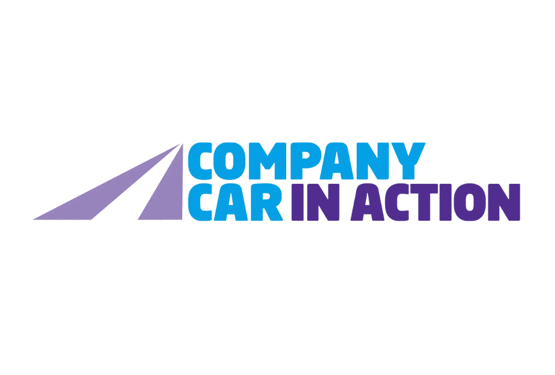
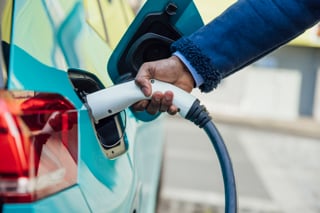

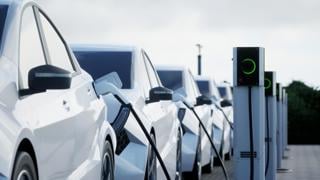

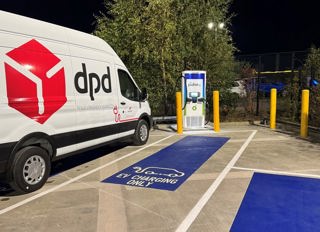


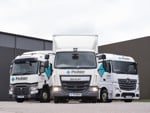
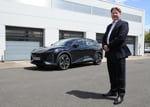








Login to comment
Comments
No comments have been made yet.